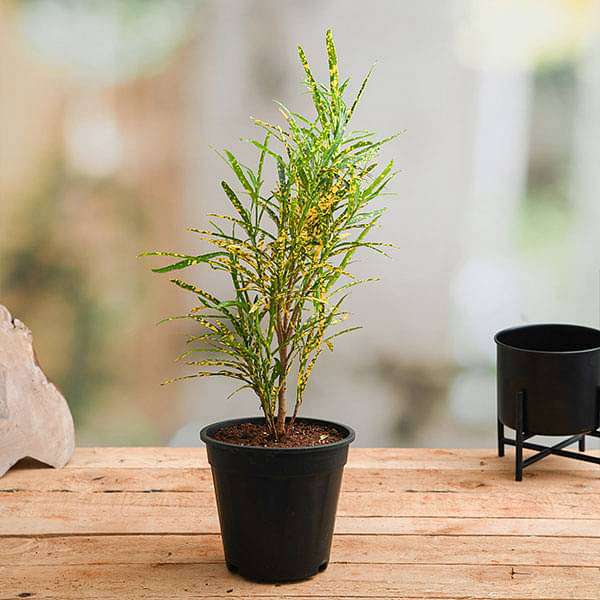
Croton Plant, Codiaeum variegatum (Gold Dust, Thin Leaves) - Plant
(MRP Inclusive of all taxes)
- Shipping ₹79 for entire order
- Dispatch in 7 days
- Country of origin: India

(MRP Inclusive of all taxes)
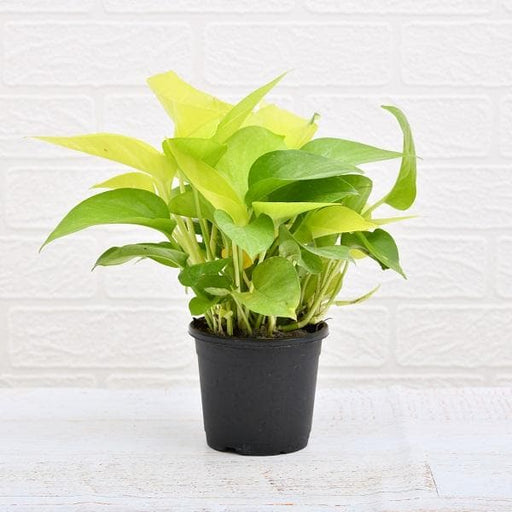 Save 29%
Save 29%
Air Purifier Money Plant with Pot The Air Purifier Money Plant, also known as Pothos or Epipremnum aureum, is a stunning indoor plant that...
View full details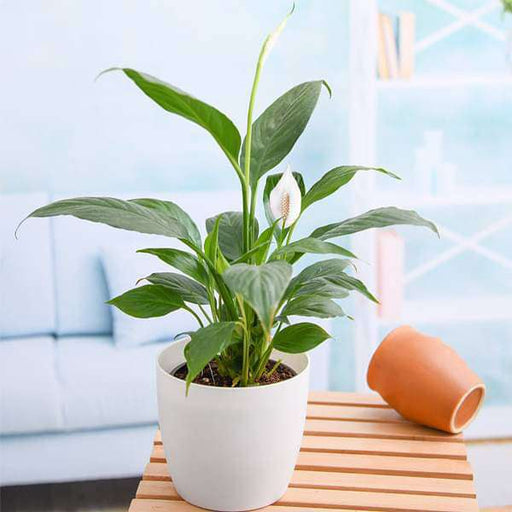
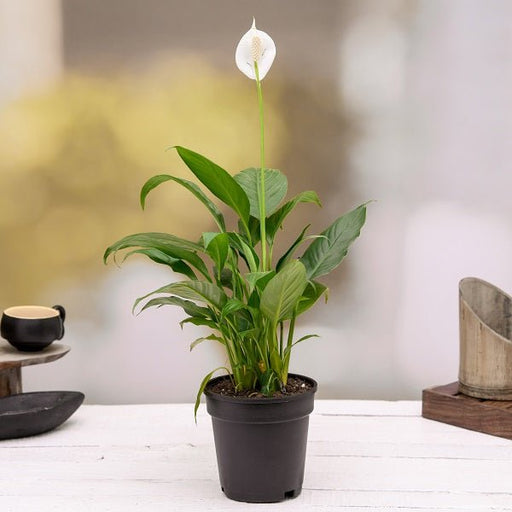 Save up to 15%
Save up to 15%
Peace Lily, Spathiphyllum - Plant The Peace Lily, scientifically known as Spathiphyllum, is a stunning houseplant celebrated for its elegant white...
View full details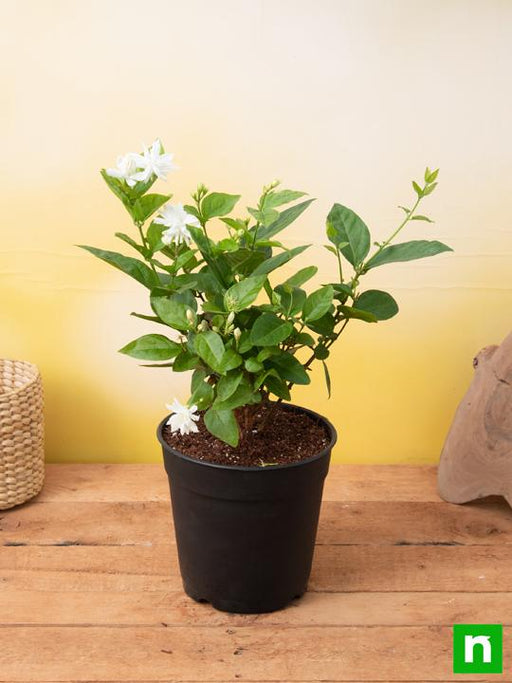
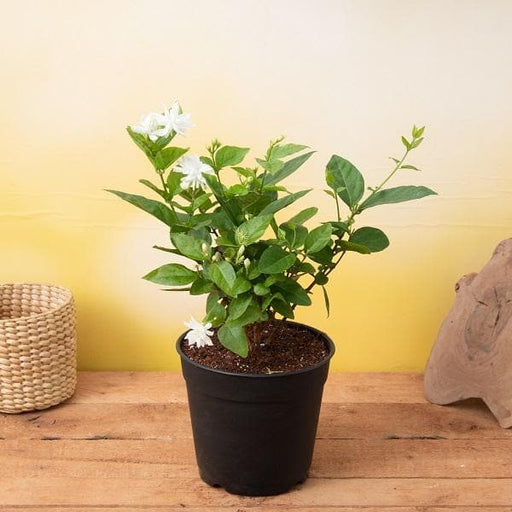 Save 25%
Save 25%
Jasminum sambac, Mogra, Arabian Jasmine - Plant Jasminum sambac, commonly known as Mogra or Arabian Jasmine, is a fragrant flowering plant...
View full details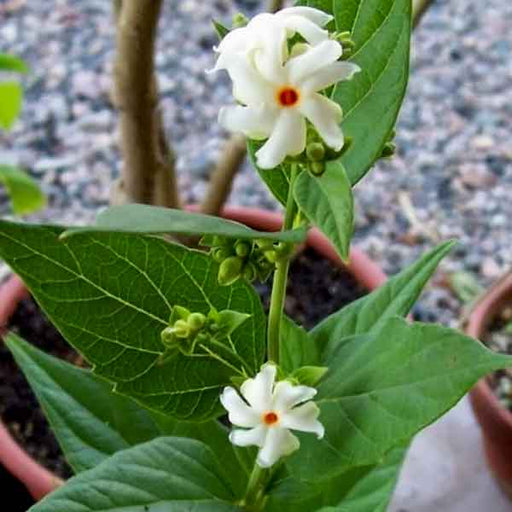
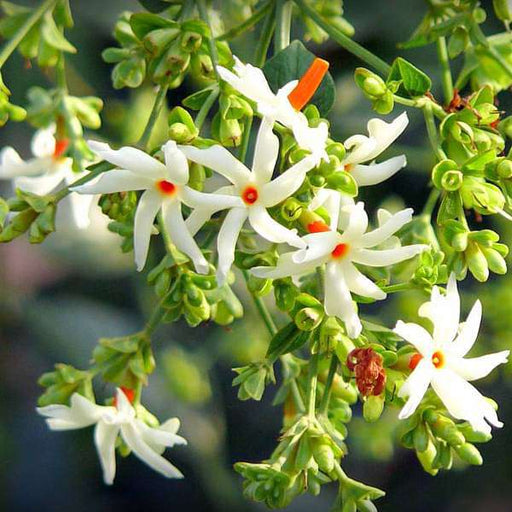 Save 18%
Save 18%
Combo Constituents Includes the Parijat Tree (Night-Flowering Jasmine), a culturally significant plant with fragrant flowers. Description The Pari...
View full details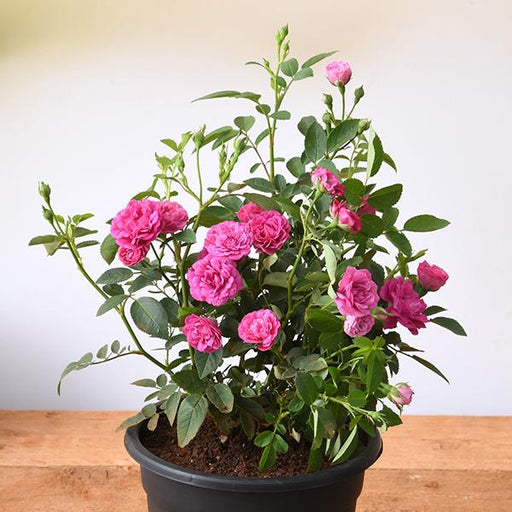
 Save 25%
Save 25%
Miniature Rose, Button Rose (Any Color) - Plant The Miniature Rose, also known as the Button Rose, is a charming and compact flowering plant that ...
View full details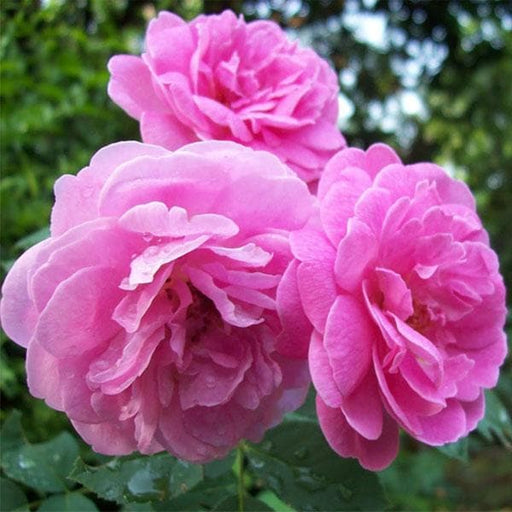 Save 25%
Save 25%
Damascus Rose, Scented Rose (Any Color) - Plant The Damascus Rose, also known as Rosa damascena, is a timeless symbol of beauty and romanc...
View full details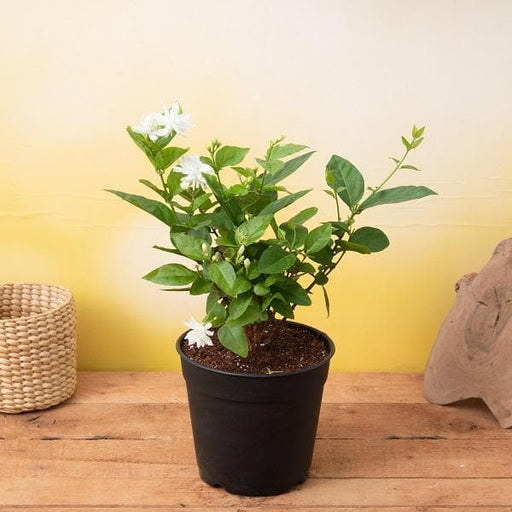
 Save 17%
Save 17%
Beautiful Fragrant Mogra, Arabian Jasmine Plant with Pot The Beautiful Fragrant Mogra, also known as Arabian Jasmine (Jasminum sambac), is...
View full details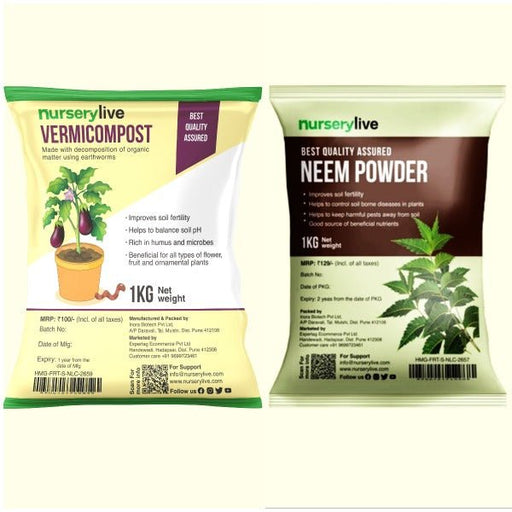 Save 15%
Save 15%
Pack of Vermicompost and Neem Cake for House Plants Transform your indoor garden with our premium Pack of Vermicompost and Neem Cake, spec...
View full details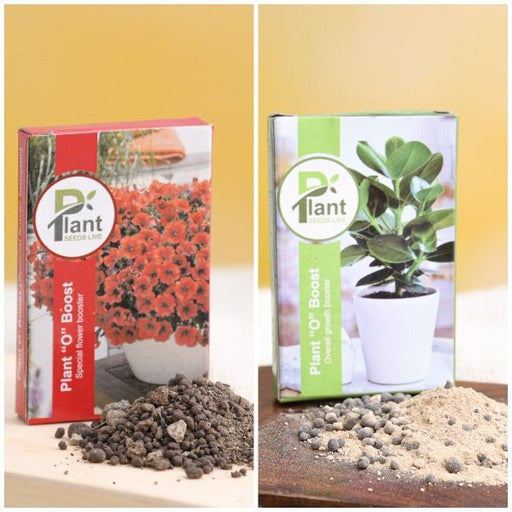
Pack of Plant Growth and Flower Boosters Unlock the full potential of your garden with our Pack of Plant Growth and Flower Boosters! This ...
View full details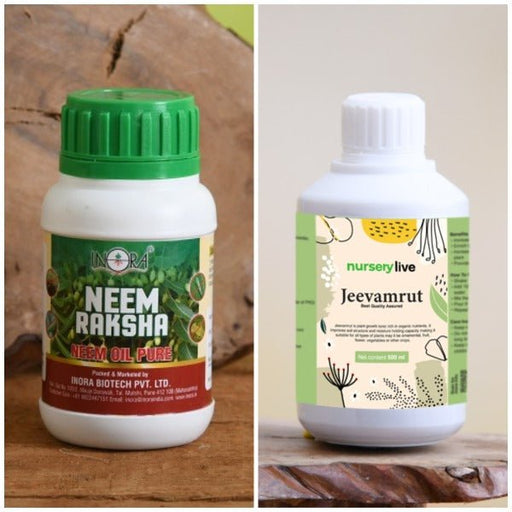 Save 38%
Save 38%
Combo of Jeevamrut and Neem Raksha for Easy Growth and Protection of Houseplants Transform your indoor garden with our exclusive combo of ...
View full details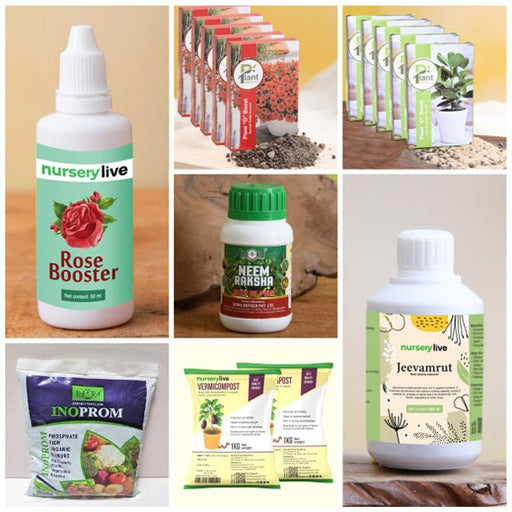 Save 22%
Save 22%
Plant Nutrients Kit (Pack of 16) for a Healthy Garden Transform your garden into a lush paradise with our Plant Nutrients Kit, featuring 1...
View full details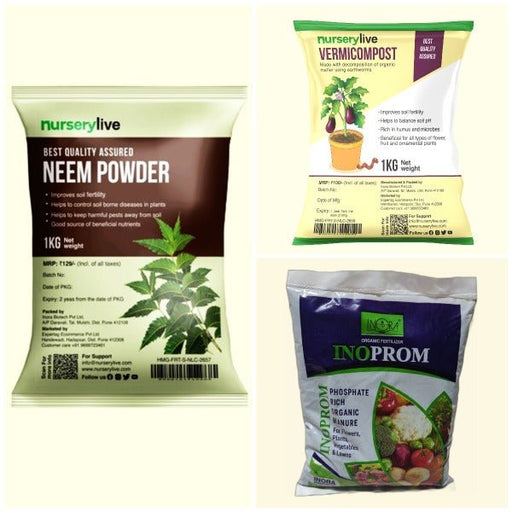 Save 16%
Save 16%
Combo of Top Plant Fertilizers Elevate your gardening game with our exclusive Combo of Top Plant Fertilizers, featuring two bags of premiu...
View full details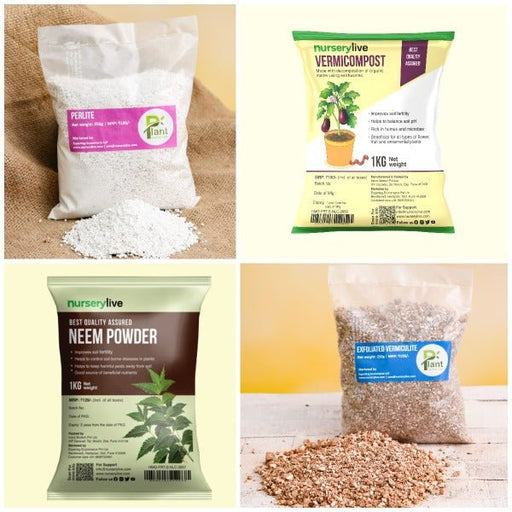 Save 24%
Save 24%
Pack of 4 Additives to Make Soil Healthy and Nutrient Rich Transform your garden into a thriving ecosystem with our Pack of 4 Additives de...
View full details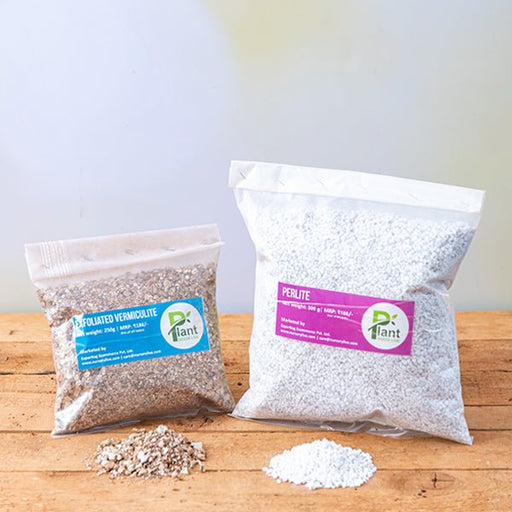 Save 30%
Save 30%
Transform your gardening experience with our premium Combo of Perlite and Vermiculite. This unique blend is designed to enhance soil aeration and ...
View full details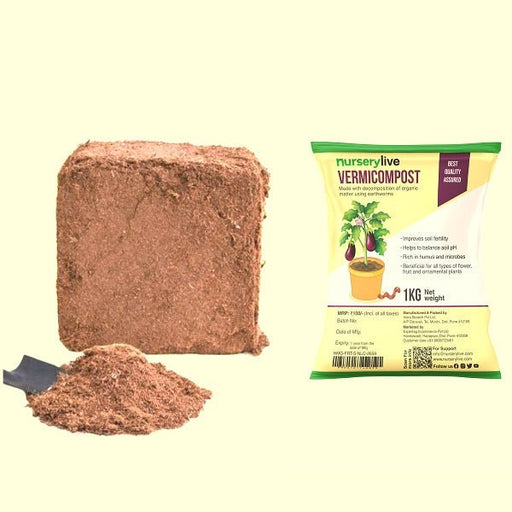 Save 27%
Save 27%
Combo of 2 Vermicompost and Cocopeat - Enrich Your Soil Naturally! Transform your garden into a thriving ecosystem with our Combo of 2 Ver...
View full details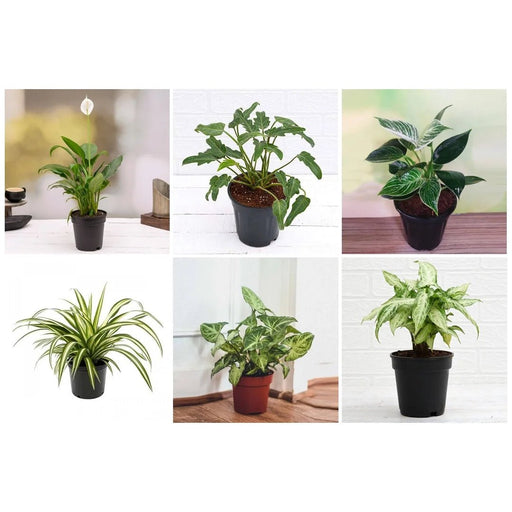
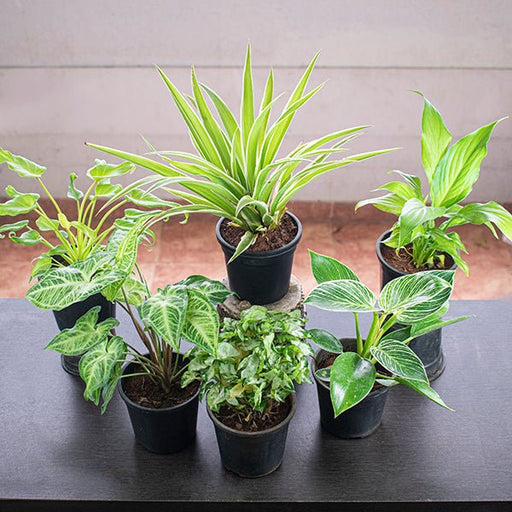 Save 35%
Save 35%
Best 6 Plants for Perfect Indoor Garden Transform your living space into a lush oasis with our curated collection of the Best 6 Plants for a...
View full details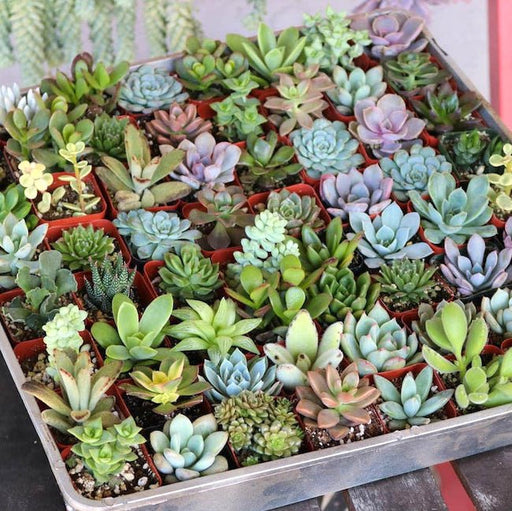
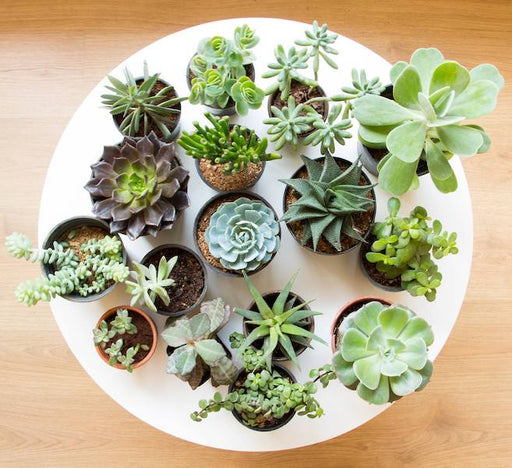 Save up to 50%
Save up to 50%
Mini Succulent Garden Pack Transform your space with our Mini Succulent Garden Pack, featuring a delightful collection of 4 any variety beautiful s...
View full details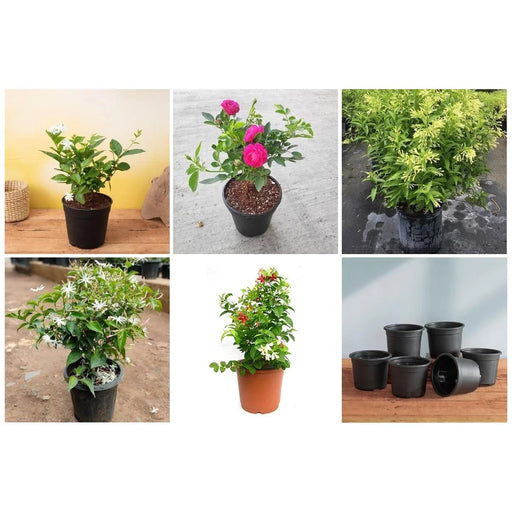
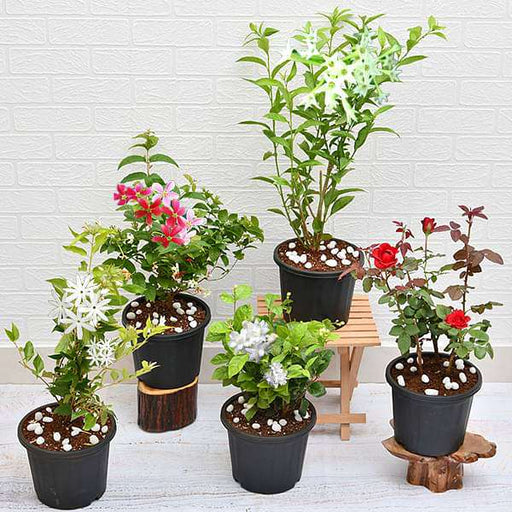 Save 30%
Save 30%
5 Best Fragrant Plants Transform your garden or indoor space into a fragrant paradise with our curated selection of the 5 Best Fragrant Plants. Th...
View full details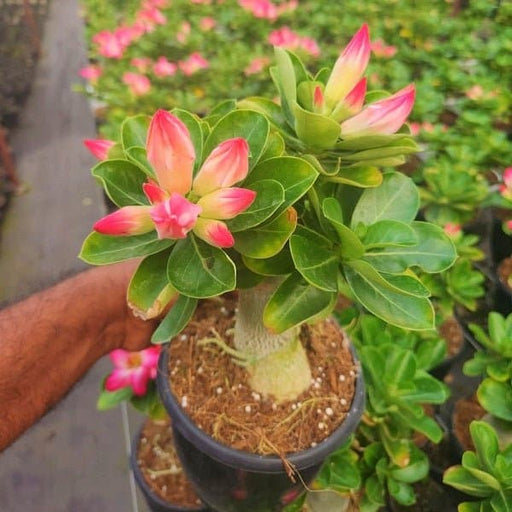
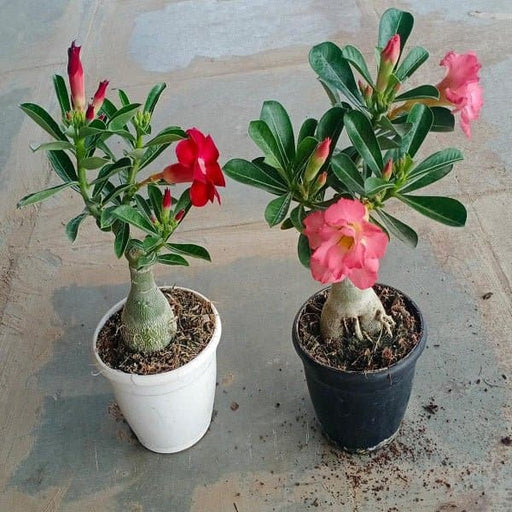 Save 24%
Save 24%
Set of 2 Bonsai Looking Grafted Adeniums Transform your indoor or outdoor space with our exquisite Set of 2 Bonsai Looking Grafted Adenium...
View full details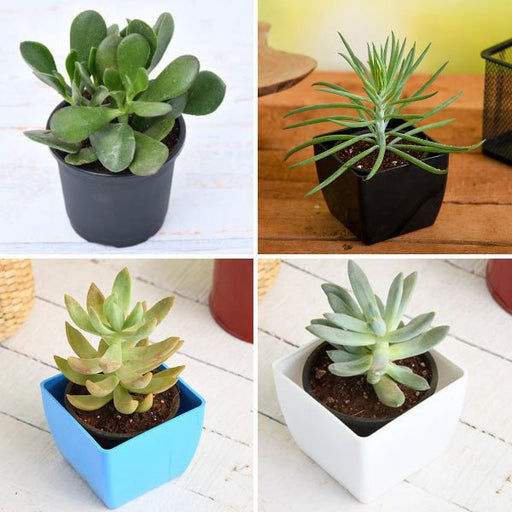 Save 45%
Save 45%
Top 4 Die Hard Succulents Pack Transform your indoor or outdoor space with our Top 4 Die Hard Succulents Pack, featuring a curated selecti...
View full details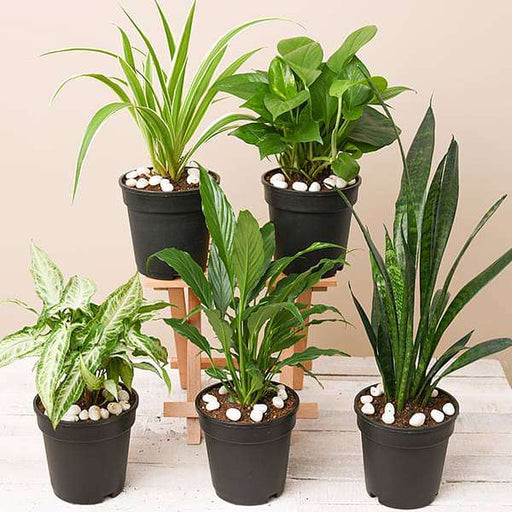
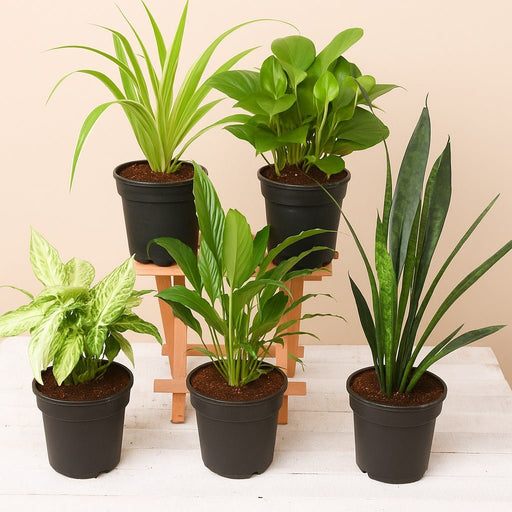 Save 30%
Save 30%
5 Best Indoor Plants Pack Transform your living space into a lush oasis with our '5 Best Indoor Plants Pack.' This carefully curated collection fe...
View full details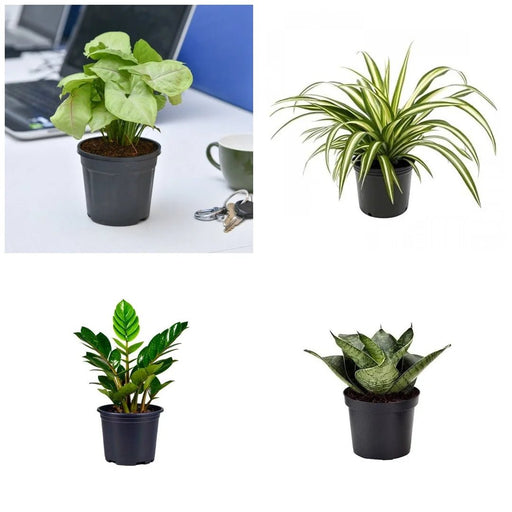
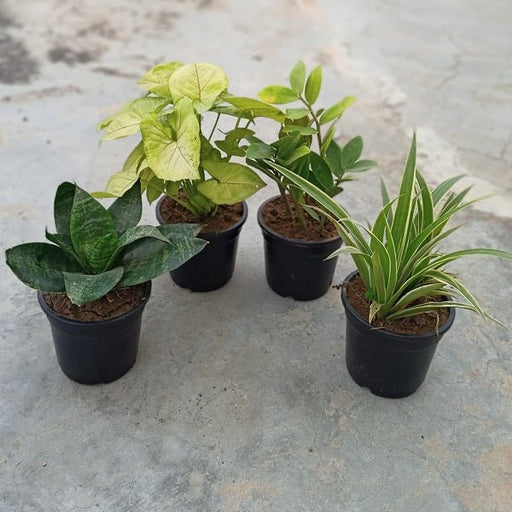 Save 25%
Save 25%
Set of 4 Evergreen Air Purifier Plant Pack Transform your indoor space into a lush, green oasis with our Set of 4 Evergreen Air Purifier Pla...
View full details| SrNo | Item Name | Qty |
|---|---|---|
| 1 | Croton, Codiaeum variegatum (Gold Dust, Thin Leaves) Plant in 6 inch (15 cm) Pot | 1 |
The Croton Plant, scientifically known as Codiaeum variegatum, is a stunning tropical plant celebrated for its vibrant foliage. The Gold Dust variety features thin, elongated leaves adorned with a dazzling mix of green, yellow, and gold hues, making it a striking addition to any indoor or outdoor space. This plant thrives in warm climates and is known for its ability to purify the air, contributing positively to your environment.
What makes the Croton Plant special is its unique leaf patterns and colors that can change with the seasons, providing a dynamic visual experience. Its resilience and adaptability to various light conditions make it a favorite among plant enthusiasts. Additionally, the Croton has historical significance in traditional medicine, where it has been used for its purported healing properties.
Special features of the Croton Plant include its ability to grow up to 3 feet tall and its low maintenance requirements. The plant is also known for attracting butterflies, adding to its charm in gardens and patios.
If you think caring for a Croton is as easy as pie, think again! This vibrant diva demands attention, sunlight, and just the right amount of water. Too much love, and you’ll drown her; too little, and she’ll throw a tantrum. Keep her in bright, indirect light, and she’ll reward you with a kaleidoscope of colors. Remember, she’s not just a plant; she’s a statement piece that requires a bit of finesse!
Welcome to the world of Codiaeum variegatum, where every leaf tells a story! From the flamboyant Gold Dust to the elegant Thin Leaves, each variety has its own personality. Some are bold and brash, while others are subtle and sophisticated. Choose wisely, as your Croton will reflect your taste—so no pressure!
Who needs a mood ring when you can have an indoor Croton plant? This beauty not only purifies the air but also adds a splash of color to your living space. Just be prepared for the occasional leaf drop if she feels neglected. Treat her right, and she’ll be the life of your indoor party, turning heads and sparking conversations!
your Croton plant is not a snack! While it may look like a colorful salad, it’s actually toxic to pets and humans if ingested. So, if you have curious cats or dogs, keep this beauty out of their reach. It’s a plant that’s all about looks, not taste—so admire from afar!
Want to multiply your Croton collection? Propagation is the name of the game! Snip a healthy stem, pop it in water, and watch as roots emerge like magic. It’s like cloning your favorite plant, but without the sci-fi drama. Just remember, patience is key—good things come to those who wait!
Feed your Croton like the royalty she is! A balanced fertilizer during the growing season will keep her colors vibrant and her leaves lush. Think of it as a spa day for your plant—she’ll soak it up and reward you with a stunning display. Just don’t overdo it; too much fertilizer can lead to a plant diva meltdown!
Sunlight is the secret ingredient to a happy Croton! This plant thrives in bright, indirect light, so think of it as her daily dose of vitamin D. Too little light, and she’ll sulk; too much, and she’ll scorch. Find that sweet spot, and you’ll have a radiant companion that lights up your home!
Beware of the uninvited guests! Aphids, spider mites, and mealybugs love to crash the Croton party. Keep an eye out for these pesky pests, and act fast with insecticidal soap or neem oil. After all, your Croton deserves a pest-free life, and you don’t want to be the host of a bug buffet!
If your Croton starts shedding leaves like it’s autumn, don’t panic! Leaf drop can be a sign of stress, whether from overwatering, underwatering, or a sudden change in environment. It’s her way of saying, “Hey, I need some TLC!” Adjust her care routine, and she’ll bounce back, ready to flaunt her foliage.
The right soil is like a cozy bed for your Croton. A well-draining potting mix is essential to keep her roots happy and healthy. Think of it as her personal spa treatment—she needs the right environment to thrive. So, skip the garden soil and opt for a mix that allows her to breathe!
If you’re looking for a fast-growing companion, the Croton is your gal! With the right care, she can grow several inches in a season, making her a showstopper in no time. Just be prepared for the occasional trim to keep her in shape—after all, even plants need a little grooming!
The Croton Plant, also known as Codiaeum variegatum, is a tropical beauty flaunting vibrant leaves that resemble a painter's palette. The Gold Dust variety features a dazzling mix of green and gold, while the Thin Leaves version showcases slender, elegant foliage. It's like having a piece of the tropics right in your living room!
Caring for your Croton Plant is like nurturing a diva—she loves bright light, warmth, and humidity. Water her when the top inch of soil dries out, but don’t drown her! Fertilize every month during the growing season, and she’ll reward you with a stunning display of colors that’ll make your neighbors green with envy.
Absolutely! Croton Plants thrive indoors, provided they get plenty of bright, indirect sunlight. They’re like the life of the party, adding a splash of color to any room. Just keep them away from cold drafts and overwatering, and they’ll be the star of your indoor jungle, making your home feel like a tropical paradise.
Croton Plants are sun worshippers! They prefer bright, indirect light to showcase their vibrant colors. Too little light, and they might sulk, losing their luster. If you want them to shine like the stars they are, place them near a window where they can soak up the sun without getting scorched.
Watering your Croton Plant is a balancing act—too much, and she’ll drown; too little, and she’ll wilt. Aim to water when the top inch of soil feels dry. In the growing season, she’ll appreciate a good drink once a week, but always check her mood first. Remember, happy plants make happy homes!
Croton Plants are tropical divas that thrive in temperatures between 60°F and 85°F. They’re not fans of the cold, so keep them away from chilly drafts and frosty windows. If you want to keep your Croton happy, think of her as a sunbather—warm and cozy is the name of the game!
Yes, Croton Plants are toxic to pets, so keep your furry friends at bay! If ingested, they can cause gastrointestinal upset, which is not the kind of drama you want in your home. If you have pets that love to nibble, consider placing your Croton in a pet-free zone to keep everyone safe and sound.
Propagating your Croton Plant is like playing plant matchmaker! You can take stem cuttings and place them in water or soil. Just ensure the cuttings are healthy and have a few leaves. With a little patience and the right conditions, you’ll soon have new Croton babies to share or keep for yourself!
If your Croton Plant is shedding leaves, it might be throwing a tantrum! Common culprits include overwatering, sudden temperature changes, or low light. Check her environment and adjust accordingly. Once you’ve addressed her needs, she’ll perk up and start flaunting those fabulous leaves again in no time!
Fertilizing your Croton Plant is like giving her a gourmet meal! Use a balanced liquid fertilizer every month during the growing season. Dilute it to half strength to avoid overwhelming her. With the right nutrients, she’ll reward you with vibrant foliage that’ll make your plant collection the envy of all your friends.
Your Croton Plant can attract pests like spider mites, mealybugs, and aphids—those little party crashers! Keep an eye out for webbing or sticky residue. If you spot them, a gentle wash with soapy water or insecticidal soap will send them packing. Keep your plant healthy, and she’ll fend off those uninvited guests!